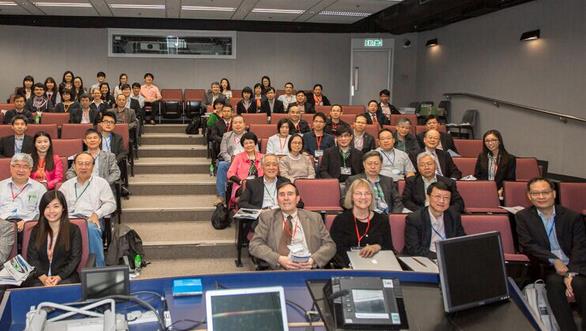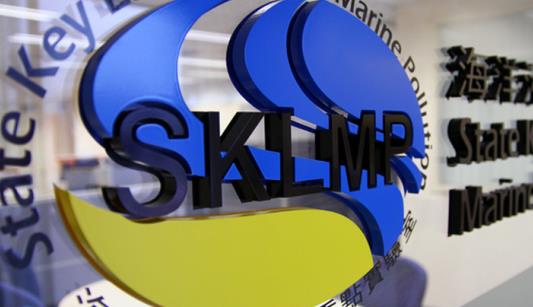Academician HU Dunxin Attended 2015 Annual Academic Committee Meeting of State Key Laboratory in Marine Pollution, City University of Hong Kong

As an academic committee member of State Key Laboratory in Marine Pollution(SKLMP), City University of Hong Kong, Prof. HU Dunxin, academician of Chinese Academy of Sciences(CAS), attended its 2015 annual academic committee meeting from 28th to 29th March.
The meeting was targeted on some hot topics around ocean environment, including impacts of heavy metals, persistent organic pollutants on marine lives, acidification cased by global warming, the reaction mechanism of hypoxia, etc., which provided a continuous base where coordinated and long-term research can be conducted to tackle marine pollution problems.
Prof. Hu offered some advice on SKLMP’s construction.
Firstly, the mission and achievement of the lab covers a wide range of issues, extracting the several outstanding aspects from which (no more than 4) would be more effective.
Secondly, every institute associated with SKIMP is supposed to concentrate on one topic with the basis of mutual contribution to integrated result.
Thirdly, it is suggested to strengthen the development of younger generations next year, since the reports presented by them did not show much obvious progress.

The meeting also presented a wealth of reports, including Dr. GU Jidong--“Anammox Bacteria to the Nitrogen Cycle: Detection, Distribution and Diversity”; Prof. LI Xiaoyan-- “Dosing of Ferric Iron for the Control of Sediment Odour Problems in Typhoon Shelters”; Prof. LI Xiangdong--“Sources and Bioaccumulation of Mercury and Cadmium in the Pearl River Estuary (PRE) and Hong Kong Coastal Waters”; Prof. Shuk Han CHENG --“Radiation Biology in Zebrafish: Biomonitoring of a Physical Pollutant”.
The vision of the SKLMP is to provide a solid base where coordinated and long-term research can be conducted to tackle marine pollution problems. The mission of the SKLMP is to protect the marine environment of Hong Kong and South China by identifying major threats such as algal toxins and contaminants of emerging environmental concern, and developing tools and technologies to address and solve these problems.